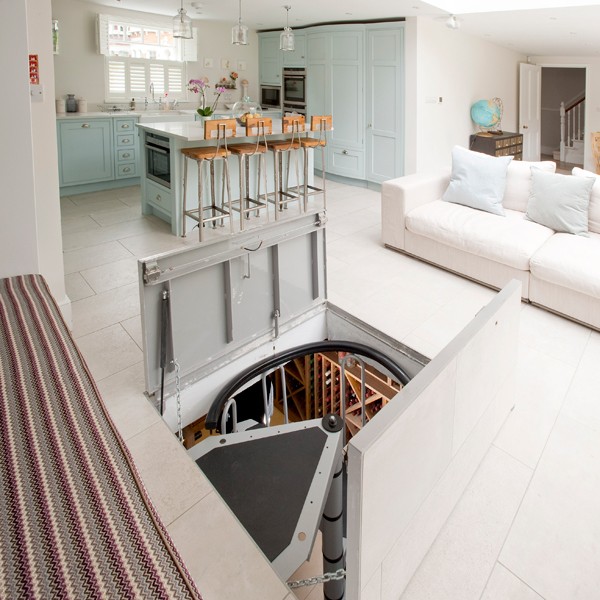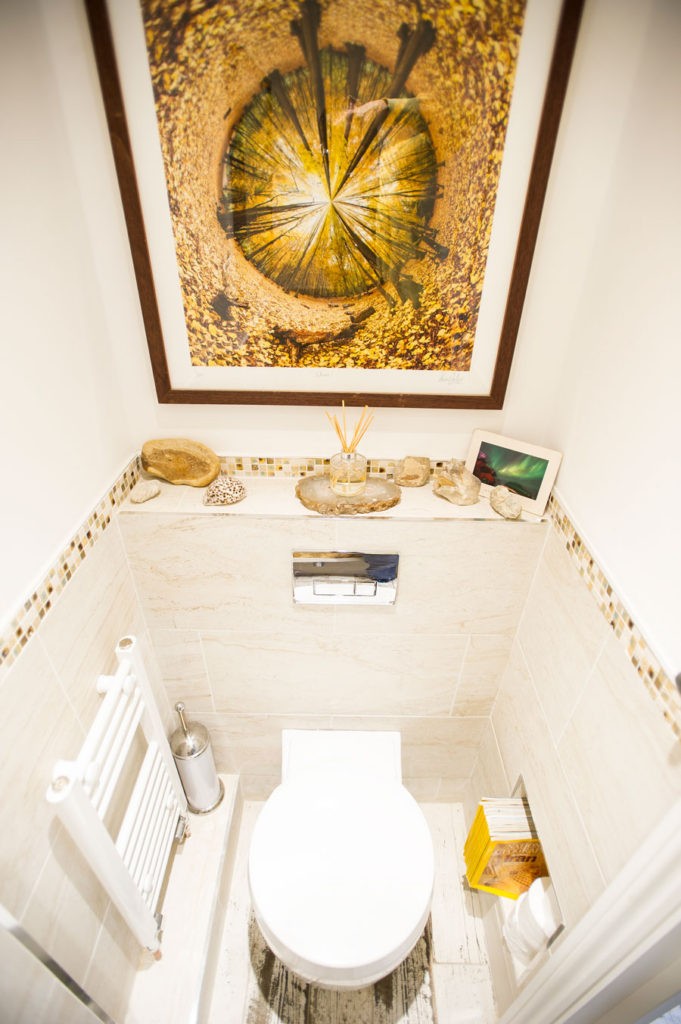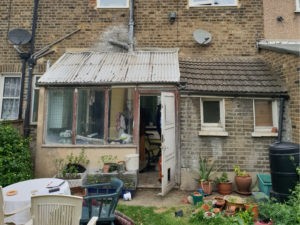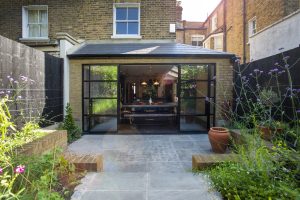In a city where space is so valuable, it isn’t surprising that extending is becoming a popular alternative to moving. You wouldn’t believe the amount of space you can add to your home through extensions – and digging down to create a useable basement or a ‘lower ground floor’ area is fast becoming a popular favourite with homeowners in London!
What is the difference between a Cellar and a Basement?
Interestingly, there is a significant difference between the two. Technically speaking, a basement will be higher up and as such, remains closer to the street level. They must have windows and access points and are much more usable and accessible spaces.
A cellar won’t have any form of natural light or ventilation and they tend to be lower down, below street level. Lots of London terraces actually have some form of cellar already, but the space is very rarely usable and usually ends up as a storage cupboard. If you don’t have any cellar at all, that’s not a problem and you can still extend to create a basement – it just requires some additional structural work.
What are my Design Options?
You have two main options when it comes to extending your cellar or basement – these will be determined by what you intend to use the space for.
#1. Create a full basement or Lower Ground Floor which is a usable, liveable space. This is often with the intention to use the additional floor as a kitchen or dining area, or even a bedroom or playroom. As a result of these intentions, this option would require natural light and ventilation.
#2. Extend an existing cellar or create a cellar to create a WC, utility area or sunken wine cellar. This option wouldn’t require natural light or ventilation and it would mean you are restricted in what you can use the space for.
Planning Permission
We find that homeowners often assume that planning isn’t an issue when it comes to extending downwards because it’s not apparent to the external look of the property. This isn’t true and your local council will very likely be interested in what your proposal is – so we thought we talk through some of the planning implications and how this might affect your plans.
Planning can be a timely period for any planning application, but for the cellar, this can be made even more difficult. A Householder Planning Application is most frequently used for submitting for a cellar, but a Full Planning Application can sometimes be required (ie. if the property is a flat).
If your desired proposal has significant visual effects on the property such as opening up the front garden for a light well, then we may need to provide evidence, such as project examples nearby and referencing planning policies. This will likely be needed if you go with the basement option or lower ground floor option. This evidence will be put into your Design and Access Statement for a greater chance of approval.
The basement is a space of untapped potential however the cost can be higher than a standard residential ground floor extension, due to all of the excavation and structural work. The most common detail that can drive the cost is the underpinning. We would be happy to offer our Design and Build quote to give you an idea of feasibility – get in touch today to book in your site visit and meet a member of our architectural team at your property.


































